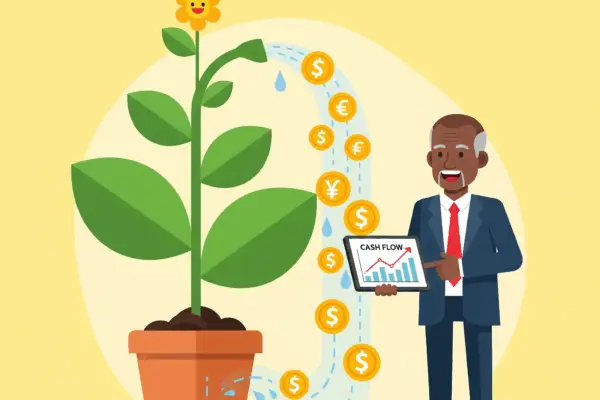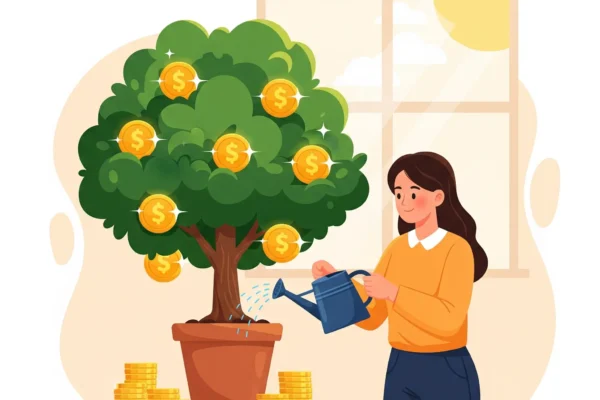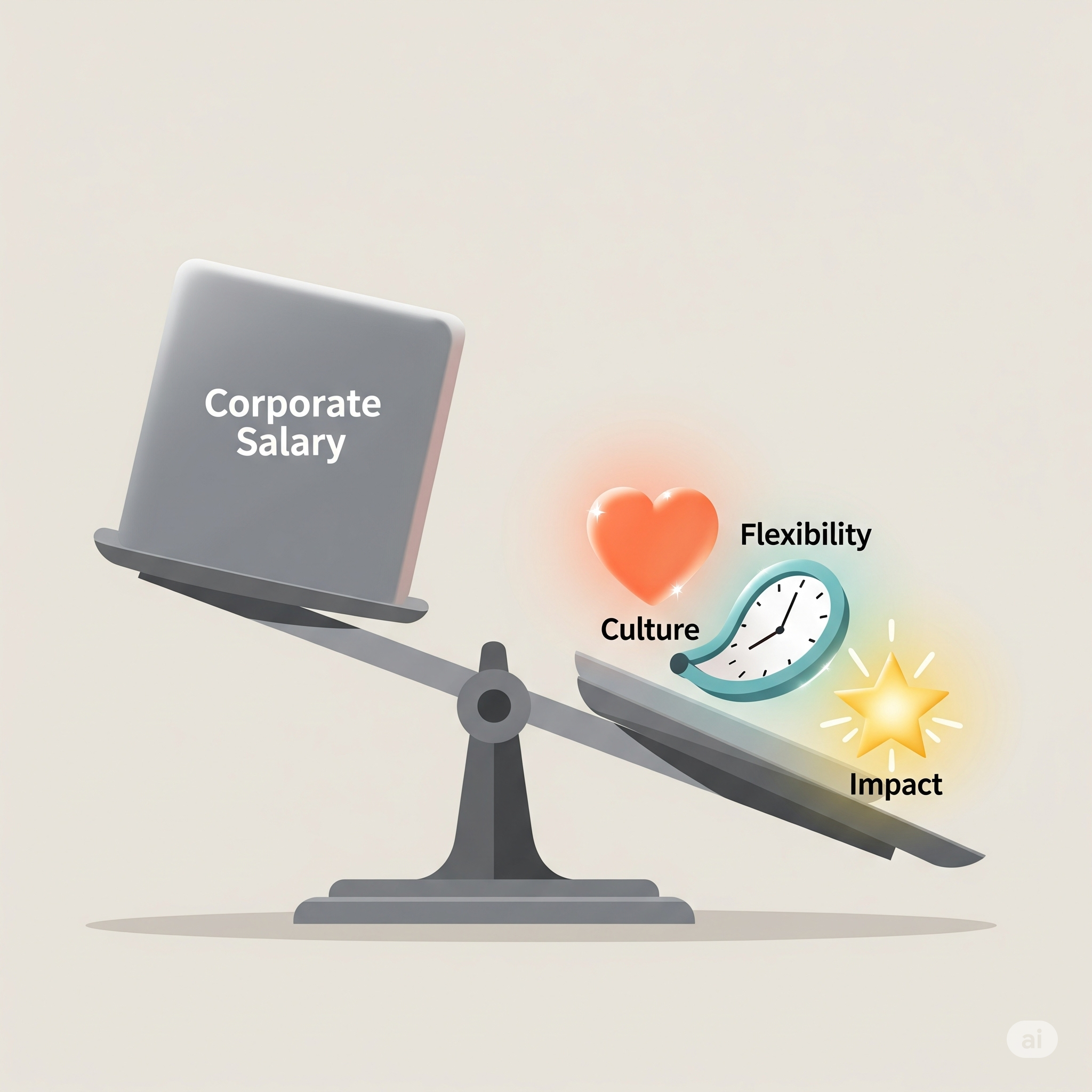Welcome to Business Bits! As we say here, this is a place where we talk all about the exciting and sometimes challenging world of business. We get together to share ideas and learn from each other’s experiences. My name is Mike, and I’ve spent many years working in different parts of the business world. Along the way, I’ve learned a lot about what makes companies successful, how to lead teams, how to handle tough times, and how to keep learning and growing. I’ve seen firsthand the power of good leadership, the importance of teamwork, and the thrill of seeing new ideas come to life.
But I’ve also seen something else a lot in the business world: things not going according to plan. Sometimes, despite everyone’s best efforts, projects don’t work out. New ideas don’t fly. Businesses face tough times, or maybe even have to close their doors. It’s easy to look at these moments as just plain failures, like hitting a dead end. And in the moment, they can feel really, really bad. Discouraging. Like you messed up, or the team messed up, or everything just fell apart.
But I’ve come to believe that truly successful people and truly successful companies aren’t the ones who never fail. That’s impossible! Everyone, and every business, trips up sometimes. The ones who really make it, the ones who keep growing and getting stronger, are the ones who understand something very important: that failure isn’t just an end. It can also be a teacher. It can be a chance to learn, to get better, and to turn that setback into a stepping stone for what comes next. It’s about taking those tough times and using them to build something even better.
Let me tell you a story about a time I learned this lesson the hard way. It was a few years ago, and I was leading a team on a new project. We were so excited about it. It was a new product we were developing, something we thought would really help our customers and be a big success for the company. We had spent months planning, designing, and building it. Everyone on the team was working incredibly hard. There was a lot of energy, late nights, and that feeling of being on the edge of something great. We felt like we were really coming up with new ideas and working together as a strong team.
We launched the product with a lot of hope. We had press releases, a big announcement, and we were ready for customers to love it. But… they didn’t. Not in the way we expected, anyway.
The sales were much, much lower than we thought they would be. Customers who did buy it didn’t use it the way we thought they would, and many of them stopped using it after a short time. We started getting feedback, and it wasn’t good. The product was too complicated, some important features were missing, and it didn’t actually solve the customers’ problems in the way we thought it would.
It felt like a punch in the gut. All that hard work, all that excitement, all that hope… and it just didn’t work. As the leader of the team, I felt responsible. I felt like I had failed the team and the company. The energy that had been so high suddenly dropped. People on the team were quiet, disappointed, and maybe even a little bit embarrassed. It felt like we had hit a dead end. The fog of uncertainty rolled in, and it was hard to see a way forward with this product.
For a little while, it was tough. We could have just packed it up, said “Well, that didn’t work,” and tried to forget about it. But something in me, maybe from seeing other leaders handle tough times, knew that we couldn’t just walk away. We had to understand why it failed. We had to learn from it.
So, even though it was hard, we decided to really look closely at what happened. It felt a bit like going back to the scene of an accident, but we knew it was necessary. We started by gathering all the information we could. We looked at the sales numbers, which were a clear sign that something was wrong. We read every piece of customer feedback, even the tough ones that were hard to hear. We talked to the sales team to understand what customers were saying when they decided not to buy the product. We looked at how the customers who did buy it were actually using it.
It was uncomfortable. Nobody likes to hear that something they worked hard on isn’t good enough, or that they missed something important. But as we started looking at the information together, a picture began to form.
We realized that we had been so excited about our new idea, so focused on building what we thought was a great product, that we hadn’t spent enough time truly understanding what our customers really needed. We had made some guesses about their problems and how our product would solve them, but those guesses weren’t quite right. We also realized that we had made the product too complicated, adding features that we thought were cool but that actually just made it confusing for customers to use. We hadn’t handled that challenge of making something simple and easy to understand.
As we talked about it as a team, we started to see that it wasn’t just one big thing that caused the failure. It was a combination of things: not understanding the customer well enough, making the product too complicated, and maybe not testing it with real customers early enough in the process.
It was still disappointing, but as we uncovered these reasons, the feeling started to shift. It wasn’t just “We failed.” It became “We failed because of X, Y, and Z.” And once we knew why we failed, we could start to think about what we could do differently next time.
This experience taught me that learning from failure isn’t just about pointing fingers or figuring out whose fault it was. That’s not helpful. Learning from failure is about being like a detective. It’s about looking at the clues, understanding what happened, and figuring out how to use that knowledge to make better decisions in the future. It’s about turning that setback into a stepping stone.
So, how do you do that? How do you take a failure, something that feels bad and disappointing, and turn it into something useful?
First, you have to face the failure directly. Don’t try to hide it, or pretend it didn’t happen, or blame it on things you couldn’t control. You have to look at it honestly, even when it’s painful. This takes courage, the kind of courage we talked about before, the courage to face an uncomfortable truth. It’s like pulling off a bandage – it might sting for a moment, but it’s necessary for healing.
Once you’re looking at it, you need to understand why it happened. This is the detective work. Ask questions. What went wrong? At what point did things start to go off track? What were the reasons behind the problems? Was it a problem with the idea itself? Was it how we planned it? Was it how we built it? Was it how we showed it to customers? Was it something happening in the market that we didn’t pay attention to? Gather information from different places – sales numbers, customer feedback, what the team members saw and felt. Look at the situation from different angles.
As you’re doing this, it’s really important to create a space where people feel safe to talk about what they think went wrong. If people are afraid of being blamed or punished for mistakes, they won’t be honest. They’ll hide problems, and you won’t be able to learn the real lessons. As a leader, you have to make it clear that the goal is to learn, not to blame. When someone points out a mistake or something that didn’t work, thank them for their honesty. Focus the conversation on the situation and the process, not on attacking individuals. This builds trust within the team, which is so important, especially after a setback.
Once you think you understand the main reasons for the failure, you need to figure out the lessons learned. What did you learn about your customers? What did you learn about your process for developing products? What did you learn about how your team works together? What did you learn about the market? Write these lessons down. Make them clear and specific. For us, one big lesson was: “We need to spend more time truly understanding the customer’s problem before we start building a solution.” Another was: “We need to test our ideas with real customers much earlier in the process.”
Then, and this is a crucial step, you need to apply those lessons. Learning the lessons isn’t enough. You have to actually do something differently based on what you learned. How will you change your process for the next project? How will you make sure you don’t make the same mistakes again? For us, we changed how we started new projects. We added a step where we spent more time talking to potential customers before we started designing anything. We also planned for small tests of our ideas with customers throughout the development process, not just at the end. Applying the lessons turns the failure from a dead end into a detour that leads you down a better path.
Learning from failure isn’t just something you do once after a big problem. It should be a regular part of how a team and a company works. It’s about creating a culture that embraces learning from mistakes. A culture where people aren’t afraid to try new things, even if they might not work. A culture where, if something doesn’t go as planned, the first reaction isn’t panic or blame, but curiosity: “Okay, what happened? What can we learn from this?”
In a culture like this, people feel more comfortable taking calculated risks, trying out new ideas, and being creative. They know that not every idea will be a winner, and that’s okay. The focus is on learning and improving. This kind of culture makes a company much more innovative and much more able to handle change and uncertainty. When things go wrong, instead of getting stuck, the team knows how to figure out what happened, learn from it, and adjust their course. This makes the whole company more resilient, like a tree that bends in the wind but doesn’t break.
Think about how this connects to what we talked about in the “About Business Bits” section. We want this to be a place where we talk about the exciting and challenging world of business. Failure is definitely part of the challenging side! But by learning from it, we make the exciting parts even better. We talk about good leadership – and good leaders know how to guide their teams through failure and help them learn. We talk about teamwork – and learning from failure together can actually make a team stronger and more trusting. We talk about coming up with new ideas – and you can’t have real innovation if people are terrified of trying something new because it might not work. We talk about handling change – and learning from failure makes you much better at adapting when things don’t go as planned. And we talk about doing the right thing – and being honest about failures, learning from them, and using those lessons is absolutely the right thing to do for your team and your company.
So, how can you, as a leader or just as part of a team, help create this kind of culture, this place where learning from failure is a natural thing?
You can model the behavior yourself. When you make a mistake, or when something you were responsible for doesn’t work out, be open and honest about it. Don’t try to hide it or make excuses. Talk about what happened and what you learned from it. When your team sees you doing this, it shows them that it’s okay to not be perfect and that the focus is on learning.
You can change how you talk about failure. Instead of using words like “failure” or “mistake” in a negative, blaming way, use words like “learning opportunity,” “setback,” or “unexpected outcome.” Frame the conversation around understanding and improving, not blaming and punishing.
You can set up regular times to talk about what went wrong. After a project finishes, or even during a project, take time to have a “lessons learned” meeting. Talk openly about what worked well and what didn’t work well. What surprised you? What would you do differently next time? Make this a normal part of your process, not just something you do after a big disaster.
You can encourage experimentation. Give your team permission to try new things, even if there’s a chance they won’t work. Start with small experiments where the risk is low. This helps people get comfortable with the idea that not everything will be a success, and that’s okay as long as you learn from it.
You can celebrate the learning, not just the success. When a team tries something new and it doesn’t work, acknowledge their effort and focus on what everyone learned from the experience. This reinforces that the learning process is valuable, even if the outcome wasn’t the one you hoped for.
You can provide resources and support for learning. This might mean offering training on how to analyze problems, or providing tools that help teams track what they’ve learned from past projects. It also means making sure people have the time and space to actually think about what happened and what they can learn.
Remember that learning from failure isn’t about being negative or dwelling on the past. It’s about being smart, being realistic, and using every experience, good or bad, to get better. It’s about building a team and a company that is always learning, always improving, and always ready for the next challenge.
Think back to my story about the product that didn’t sell well. In that moment of disappointment, it felt like a failure. But because we took the time to understand why it failed, to learn those tough lessons about understanding our customers and testing our ideas, that “failure” became a crucial turning point for our team and for how we developed products in the future. It wasn’t a dead end; it was a detour that led us to a much better path. It was a stepping stone to future successes because we chose to learn from it.
The power of learning from failure is immense. It can turn disappointment into knowledge, setbacks into strength, and mistakes into masterstrokes. It’s a key part of navigating the challenging world of business and turning those challenges into opportunities for growth. It’s about building resilience, fostering innovation, and creating a culture where everyone feels empowered to try, to learn, and to contribute their best, knowing that even when things don’t go perfectly, there’s valuable learning to be gained.
So, the next time something doesn’t go according to plan, the next time you face a setback or a failure, try not to see it as just a negative outcome. See it as a chance to learn. Ask the tough questions. Understand what happened. Figure out the lessons. And use those lessons to take your next step, turning that setback into a stepping stone on your path to success.
What are your experiences with failure in business? Have you learned a valuable lesson from a setback? How do you think leaders can encourage teams to learn from mistakes without fear? Share your stories and insights in the comments below. Let’s learn from each other and help everyone turn their business setbacks into powerful stepping stones!






